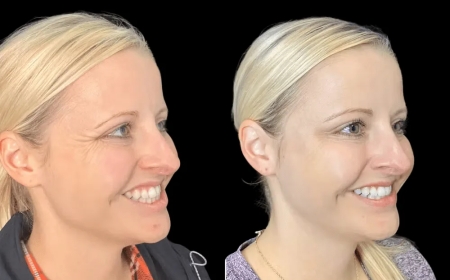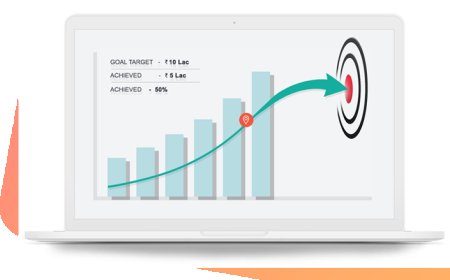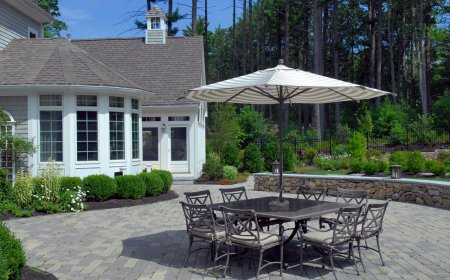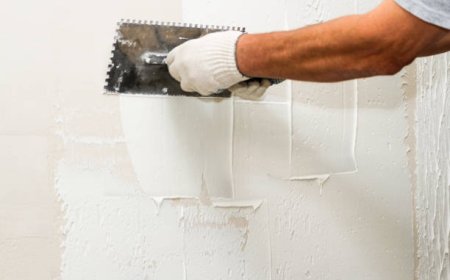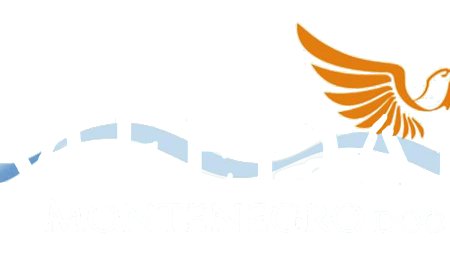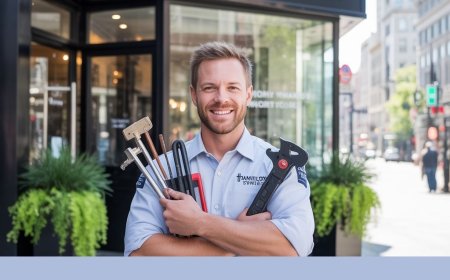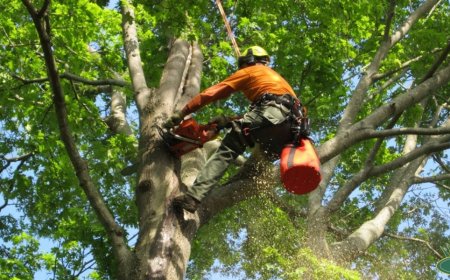Tree Pruning: The Complete Guide to Healthier, Stronger, and Safer Trees
Tree pruning is one of the most important things you can do to promote the health, safety, and beauty of your trees. Whether you take a DIY approach or hire a pro, proper pruning ensures your green friends thrive for years to come. It’s not just maintenance — it’s care.

Tree pruning isnt just about shaping trees to look pretty its a vital practice for keeping your trees safe, healthy, and thriving for years to come. Whether you have a backyard oak or a line of ornamental maples, regular tree pruning makes all the difference.
Lets dive into why pruning matters and how you can do it right (or hire someone who can!).
Benefits of Tree Pruning
Encourages Healthy Growth
Pruning removes dead, dying, or diseased branches, allowing the tree to direct energy to healthy limbs. Its like giving your tree a fresh start!
Improves Tree Structure
Strategic cuts help develop strong, balanced branch architecture crucial for preventing breakage and storm damage.
Prevents Disease and Pest Problems
By removing infected limbs early, you stop diseases and pests from spreading throughout the tree or to nearby plants.
Increases Sunlight and Airflow
Better light penetration and airflow help your tree photosynthesize efficiently and reduce the risk of fungal diseases.
Enhances Curb Appeal
Neat, well-pruned trees instantly boost your property's aesthetic and potentially its value.
Types of Tree Pruning
Crown Thinning
Removes select inner branches to reduce weight and increase light without altering the trees shape.
Crown Raising
Clears lower branches to lift the canopy ideal for improving visibility or clearance over sidewalks and driveways.
Crown Reduction
Reduces the height or spread of a tree for safety or structural reasons without damaging the main framework.
Deadwooding
Targets dead or dying limbs which can fall unexpectedly for safer, healthier trees.
Structural Pruning
Shapes young trees for strong future growth, minimizing the risk of poor structure down the line.
When Is the Best Time to Prune Trees?
Seasonal Guidelines
-
Winter (Dormant Season): Best for most trees. Promotes strong spring growth.
-
Spring: Good for light shaping, not major cuts.
-
Summer: Okay for correcting growth, but avoid heavy pruning.
-
Fall: Generally not recommended it can slow healing.
Tree Type Considerations
Different species have different needs. For example, flowering trees often get pruned right after blooming.
Signs Your Tree Needs Pruning Now
-
Broken or hanging branches
-
Rubbing or crossing limbs
-
Sparse or weak canopy
-
Visible deadwood
-
Trees interfering with structures or power lines
How to Prune a Tree Properly
Tools Youll Need
-
Hand pruners (for small branches)
-
Loppers (for medium branches)
-
Pruning saw (for large limbs)
-
Pole pruner (for high spots)
-
Safety gear (gloves, helmet, goggles)
Step-by-Step Guide
-
Identify branches to remove: dead, damaged, crowded, or poorly angled.
-
Cut at a 45 angle, just outside the branch collar (the swollen area at the base).
-
Use the three-cut method for large limbs: undercut, top cut, then final cut.
Mistakes to Avoid
-
Cutting too close to the trunk (flush cut)
-
Leaving long stubs
-
Removing too much at once (no more than 25% of the canopy)
Tree Pruning Safety Tips
Protective Gear
Always wear gloves, eye protection, and a hard hat when pruning even small jobs can go sideways.
Avoiding Electrical Lines
Never prune trees near power lines. Thats a job for trained, certified professionals.
When to Call a Professional
If you need to climb, use a chainsaw, or work near structures or power lines dont risk it. Call the pros.
DIY vs. Professional Tree Pruning
Pros and Cons
DIY Pros:
-
Cost-saving
-
Control over the process
DIY Cons:
-
Safety risks
-
Limited tools and experience
Professional Pros:
-
Safe and efficient
-
Knowledge of tree biology
-
Clean, proper cuts
Cost Comparison
Professional pruning typically ranges from $100 to $800 per tree, depending on size and complexity.
When to Leave It to the Experts
Big trees, high branches, structural pruning leave those to licensed arborists.
How Often Should Trees Be Pruned?
Young Trees
Every 23 years to guide healthy growth.
Mature Trees
Every 35 years unless theres storm damage or disease.
Fruit Trees
Annually, to encourage better yield and health.
Evergreens
Seldom need pruning, unless for shape or damaged limbs.
Common Tree Pruning Mistakes
Topping Trees
This involves cutting off the top of a tree a terrible idea that weakens structure and invites disease.
Over-Pruning
Removing too much foliage stresses the tree and can stunt growth.
Flush Cuts and Stubs
Cutting too close or too far damages healing and invites decay.
Choosing a Tree Pruning Service
What to Look For
-
ISA-certified arborists
-
Insured and bonded
-
Experience with your tree type
-
Great local reviews
Questions to Ask
-
What pruning techniques do you use?
-
Do you haul away debris?
-
Are you licensed and insured?
Red Flags to Watch Out For
-
No insurance
-
Vague pricing
-
Topping trees
-
High-pressure sales tactics
Conclusion
Tree pruning is one of the most important things you can do to promote the health, safety, and beauty of your trees. Whether you take a DIY approach or hire a pro, proper pruning ensures your green friends thrive for years to come. Its not just maintenance its care.
FAQs
1. Can I prune my trees anytime of year?
Technically yes, but winter or early spring is usually best for most trees.
2. What tools are best for pruning large branches?
Use a pruning saw or pole pruner. Avoid chainsaws unless youre experienced or hire a pro.
3. How do I know if a branch is dead?
Dead branches are brittle, have no leaves in season, and snap easily when bent.
4. How much does professional pruning cost?
Anywhere from $100 to $800 depending on tree size and complexity.
5. Is tree topping ever okay?
Nope. It's harmful to the trees health and structure. Go for proper crown reduction instead.




